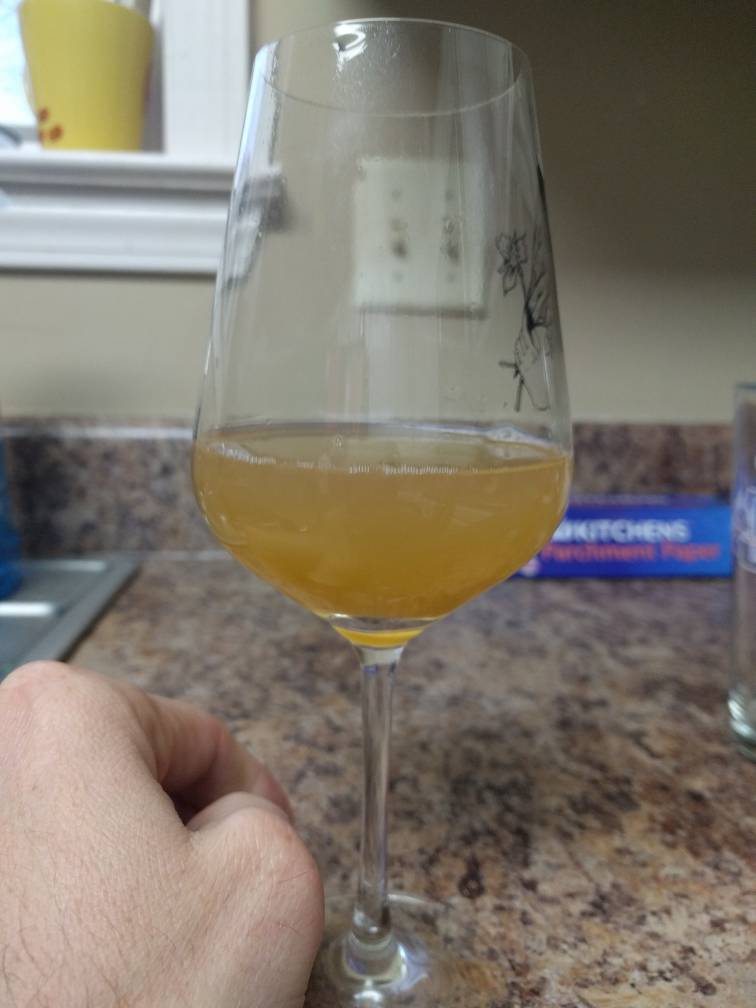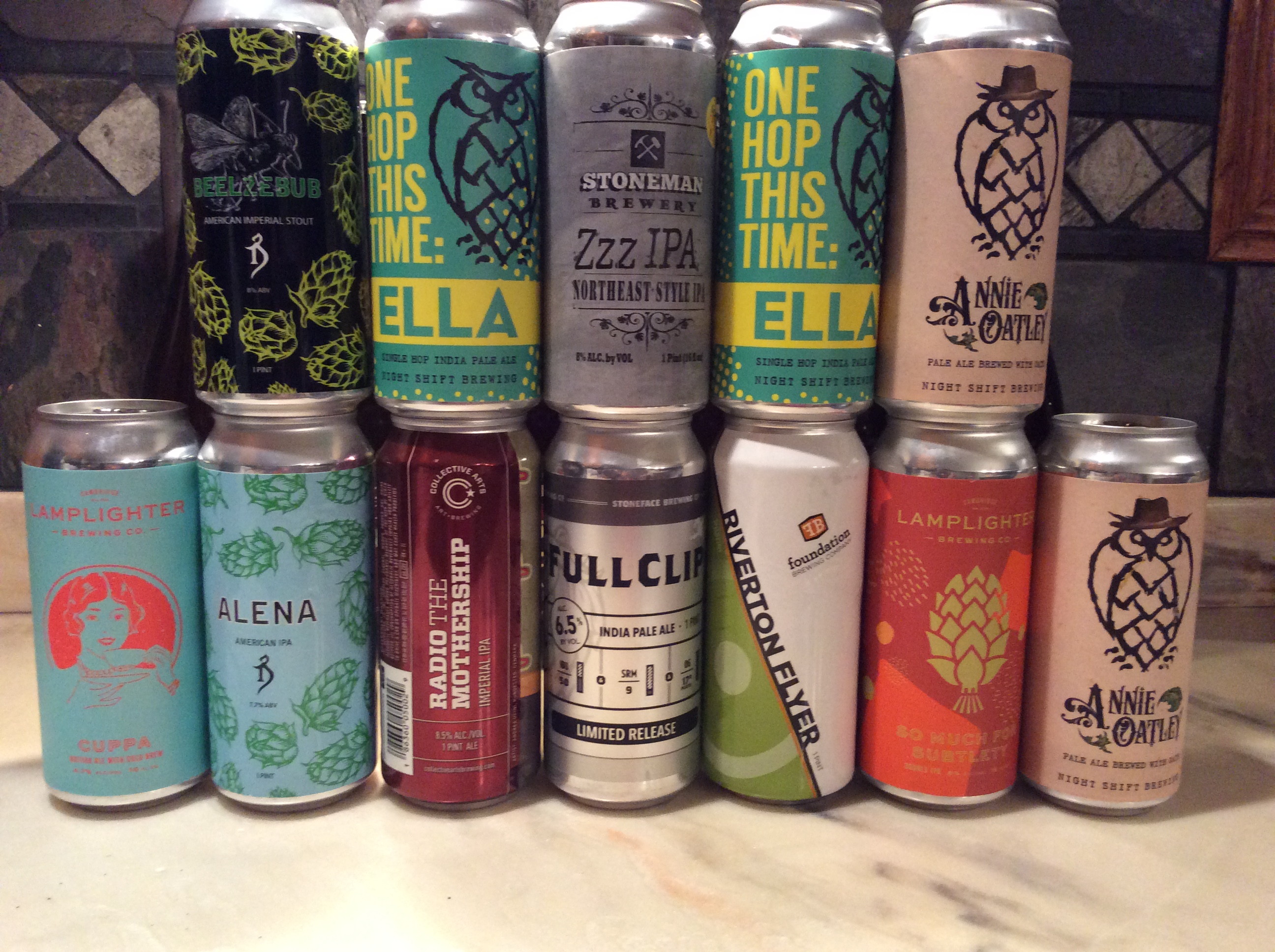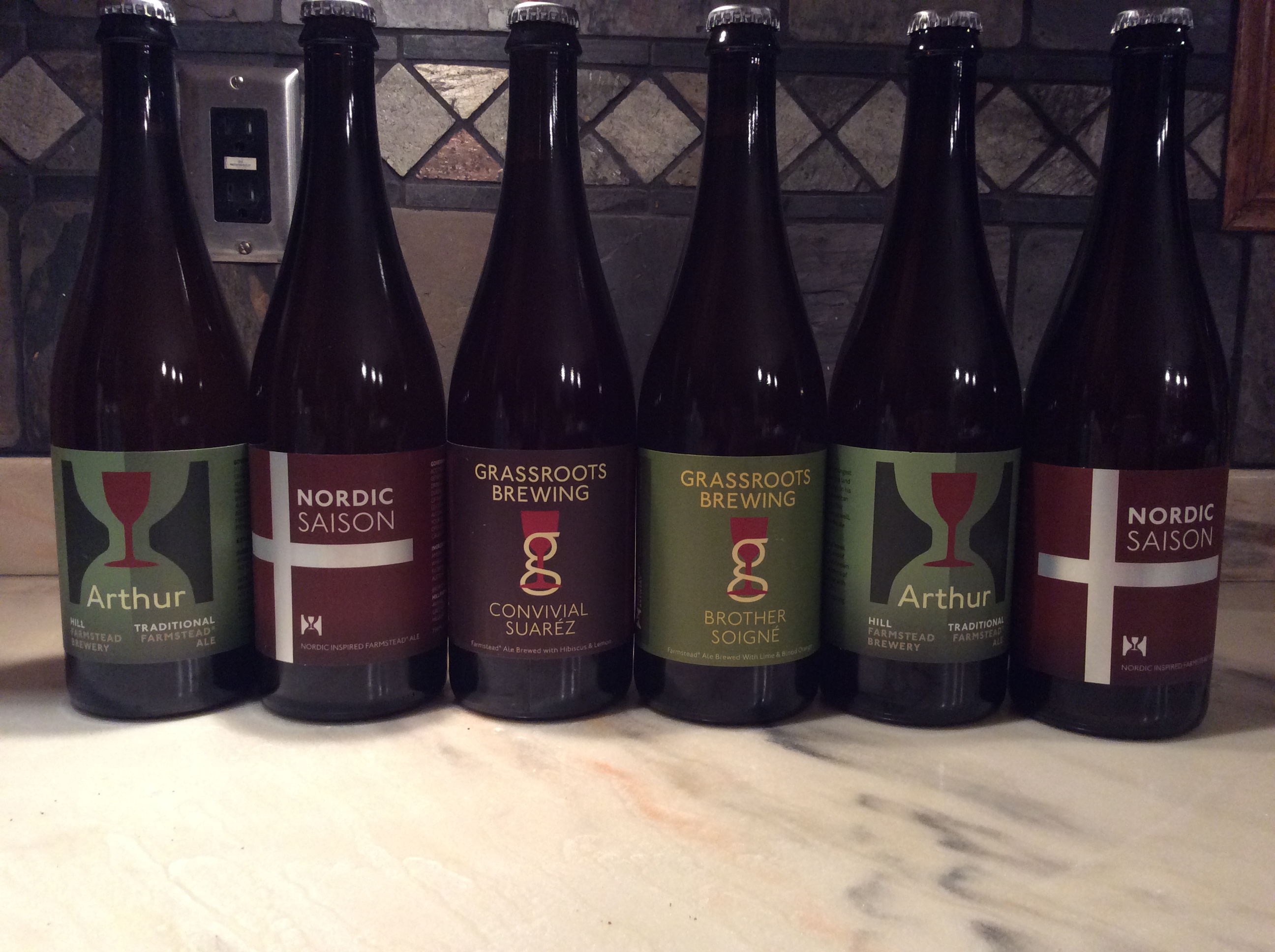I know there has been talk about trying 1272 but don't remember any reports. Anyone try it? Noah from Bissell Brothers was on Brewing Network last night and said they have been using BSI A72 for all of their pale beers for the last two years. The source of that yeast is Anchor. They switched to the yeast as a one batch trial for Substance and they loved the results. Basically they stumbled across the "haze" by accident when trying that yeast. They have even tried to a small test batch and attempted to use biofine to clear it and it still remained hazy. Long interview but some really good nuggets of information in there. Worth the listen for sure.
I have used 1272 quite a bit. I was very happy with the results. Conan, 1272 and 1318 are pretty much the 3 yeasts I use for this and would recommend. I use them fairly interchangeably, and often it simply depends on what yeast I am growing up for various beers.









































